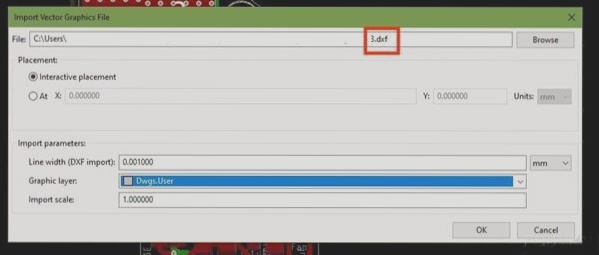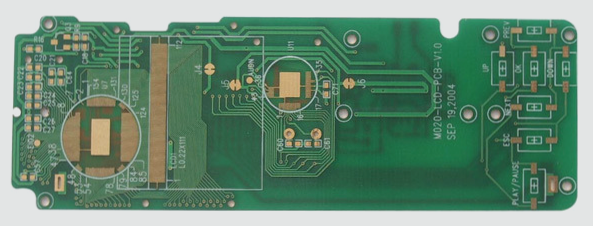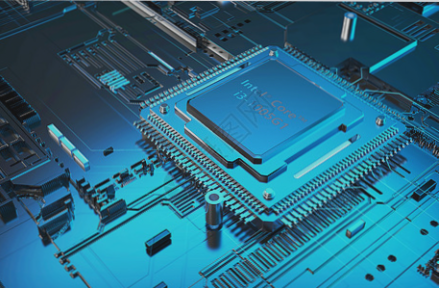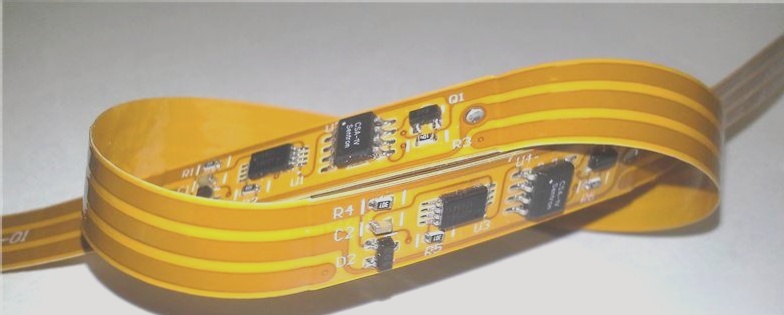Prototyping and Soldering Quality in PCB Assembly
Prototyping is a crucial phase in printed circuit board assembly (PCBA), where soldering quality directly impacts product functionality and reliability. Incomplete soldering can lead to electrical failures, performance issues, and shortened device lifespan. Understanding common causes of incomplete soldering during PCBA prototyping is essential for optimal results.
Factors Affecting Soldering Quality
- Solder Paste Quality: High-quality solder paste is essential for reliable soldering. Poor-quality paste due to improper storage or expired shelf life can lead to issues like cold solder joints. Always use high-quality solder paste and adhere to proper storage guidelines.
Summary: Achieving high-quality soldering in PCB assembly is crucial for product functionality and longevity. Poor-quality solder paste can lead to incomplete soldering, emphasizing the importance of using high-quality materials and proper storage practices.
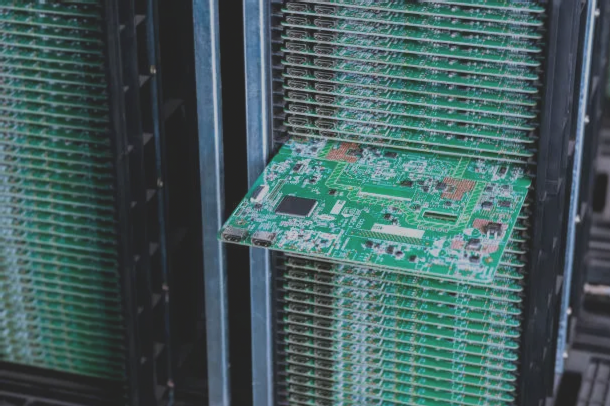
Solder Paste Printing Challenges
The solder paste printing process is vital for uniform application on the PCB. Challenges during this stage can impact soldering quality and component placement:
- Incorrect Printing Speed: Optimize printing speed to ensure consistent paste deposition.
- Inconsistent Pressure: Calibrate printing equipment regularly to maintain uniform paste application.
- Stencil Design Issues: Ensure stencil design matches PCB layout to avoid obstructed paste flow.
- Component Placement: Accurate placement is crucial for successful soldering, especially with fine-pitch components.
Conclusion
Attention to detail in each step of the solder paste printing process is crucial for high-quality solder joints and reliable PCB assembly. Factors like printing speed, pressure, stencil design, and component placement significantly impact soldering quality. Regular equipment maintenance, proper stencil care, and automated placement systems help minimize defects and ensure consistent results.

Common Issues in Reflow Soldering Process
- Temperature Profile Optimization: If the reflow oven’s temperature profile is not properly optimized, the solder paste may not reach the required melting point, resulting in incomplete or weak solder joints. Regularly monitor and adjust the oven’s temperature profile for optimal soldering.
- Insufficient Soldering Time: If the reflow time is too short, the solder may not flow properly or adhere well to the pads, leading to poor joints. Provide adequate time for the solder to melt and form strong connections based on specific components and paste.
- Environmental Impact: Factors like humidity and temperature can affect solder joint quality. Maintain controlled environmental conditions to prevent issues like moisture absorption or altered solder flow characteristics.
- Surface Cleanliness: Clean surfaces are essential for proper solder adhesion. Remove contaminants from PCBs and components before soldering, and consider surface treatments like immersion gold to enhance solderability.
Consigned Assembly: A Solution for Small Businesses
Incomplete soldering during PCBA prototyping can lead to product failures and increased costs. Addressing root causes such as insufficient techniques and equipment is crucial for product reliability.
Continuous improvement of soldering processes, regular calibration of equipment, and strict environmental control can minimize defects and enhance production quality. Consigned assembly offers small businesses a cost-effective option by outsourcing assembly processes and accessing specialized knowledge.
Conclusion
Improving soldering processes, equipment calibration, and environmental control is essential for enhancing product quality and reducing costs in PCBA prototyping. Consigned assembly provides small businesses with an affordable solution for high-quality assembly and a more reliable final product.

